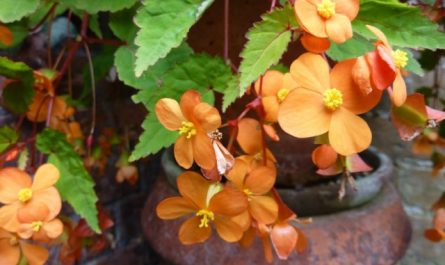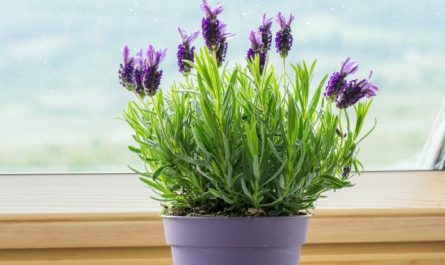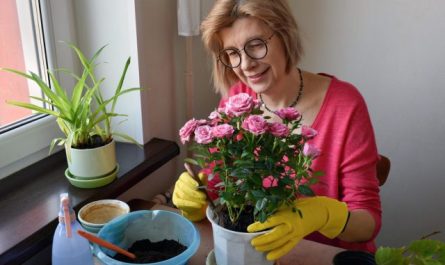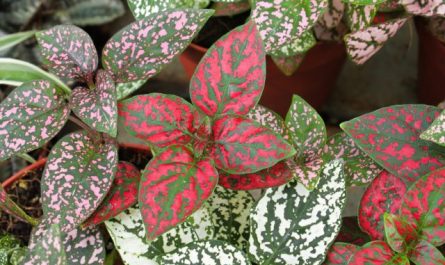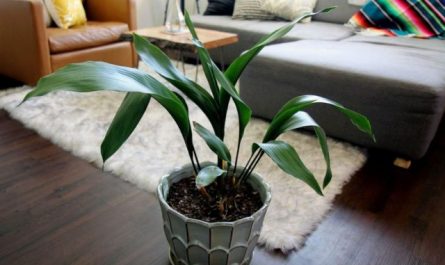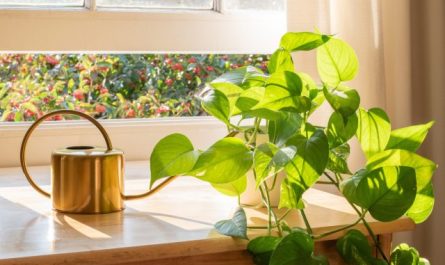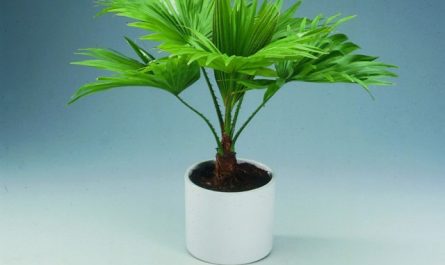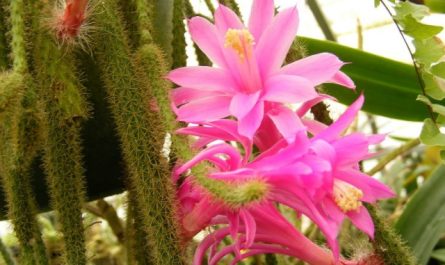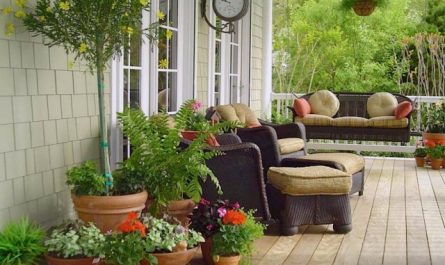Yucca (Yucca, Agave family) is a tree-like plant with a thickened trunk native to North and Central America. Yucca leaves are hard, sword-shaped, collected in rosettes that are attached by the base to the branches or to the top of the trunk. There are species of yucca that do not form trunks. The height of the plant can reach 1,5 meters, and the length of the leaves is 50-100 cm. After 5-10 years, yucca can bloom with white fragrant flowers that resemble bells in shape. The inflorescence of yucca is a panicle, the fruit is a capsule with seeds that are suitable for reproduction.

Yucca is often called a false palm, this plant is ideal for decorating a hall, a large living room or an office space. In indoor gardening, the most popular are the elephant yucca (Yucca elephantipes) with long leathery leaves and a tuberous-thickened base of the stem and the aloe-leaved yucca (Yucca aloifolia). The latter can be distinguished by its unbranched trunk and sword-shaped leaves with a serrated edge.
The short-leaved yucca (Yucca brevifolia) has a stem that branches many times. The filamentous yucca (Yucca filamentosa) is a plant without a stem, forming rosettes of leaves with light hairs hanging along the edges. The glorious yucca (Yucca gloriosa) has several small stems on which leaves with smooth edges grow. The blue yucca (Yucca glauca) has elongated leaves with a bluish tint. In addition to those named above, the following species can be found on sale: beaked yucca (Yucca rostata), multi-rayed yucca (Yucca radiosa), treculeana yucca (Yucca treculeana) and schottii yucca (Yucca schottii).

Yucca is very unpretentious in culture, it requires a bright room with some direct sunlight. Yucca does not need to be sprayed with leaves, it tolerates dry air. The temperature is moderate, although in winter it is better to keep it cool (at 3-5 °C), but even in a living room the yucca will not die. Yucca needs a deep pot with good drainage, in summer it is better to take it out into the open air.
In summer, yucca is watered abundantly, in winter – moderately. It is better to under-water than to over-water, since yucca can easily tolerate drying out, but it does not tolerate over-watering. Fertilizing is done rarely – 2-3 times during the warm season. Young yuccas are replanted every two years, adult specimens – every 3-4 years. In this case, a substrate of turf and leaf soil and sand is used in a ratio of 3:2:2. Yucca is propagated by cuttings or shoots that form at the base of the trunk. The top of the plant can be rooted.

Yucca is affected by false scale insects and spider mites. Diseased plants should be treated with actellic or carbofos. If spider mites are detected, it is also necessary to increase the air humidity in the room.


